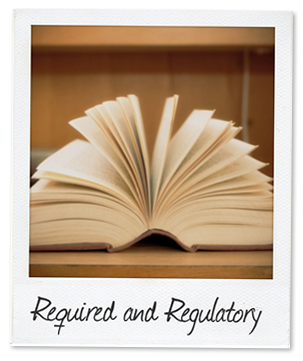-

As with any profession, there are required and regulatory elements within CLD. Some of these areas of CLD practice are subject to the wider legal framework which applies to all public services. For example, CLD organisations and practitioners have legal responsibilities in relation to Data Protection, Equalities, Governance, Health, Safety and Risk Assessment, Protecting Vulnerable Groups.
In other cases these elements of CLD practice are defined as standards that are agreed, maintained and developed for the benefit of practitioners and the communities they serve, for example, the CLD Code of Ethics. In others they are deemed to be the benchmarks for good practice, for example the values and principles of community learning and development.
For the CLD practitioner it is important that they know, understand and comply with the relevant legislation keeping up to date with new and changing requirements. That they adhere to the agreed standards of a CLD practitioner and they work towards building their professional development in line with good practice examples.
- Know, understand and comply with relevant legislation
- Ensure clarity in terms of the application of legislation
- Regularly review changes in the regulatory framework
- Understand and maintain standards
CLD operates on the basis of self regulation which is further explored in the ‘In Practice’ section in terms of setting indicators and examples for good practice. The role of the Standards Council supports the process of self regulation by providing guidance on the use of the CLD Competences and Ethics for practitoners..
